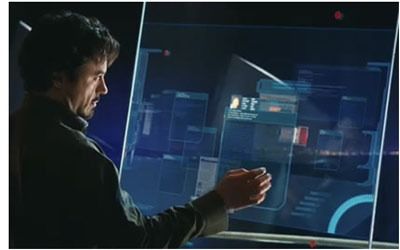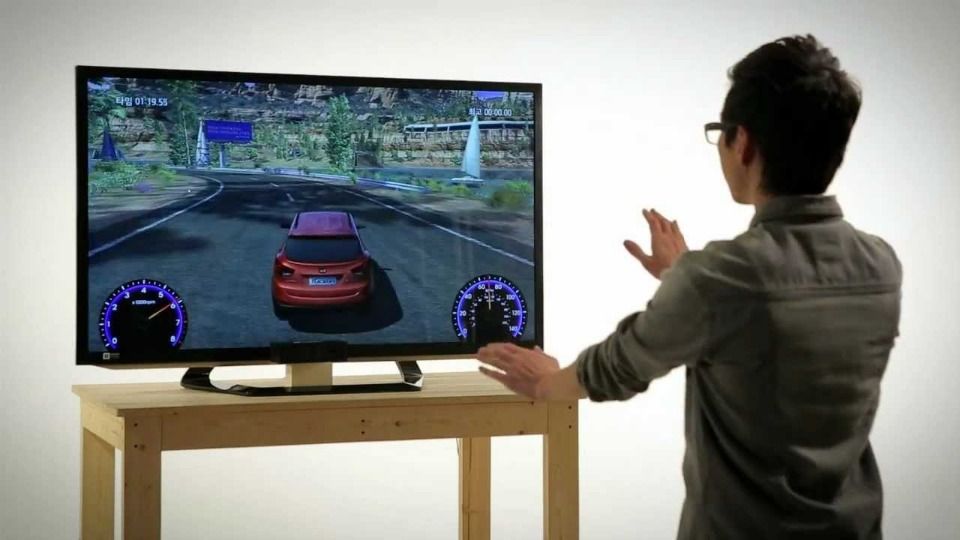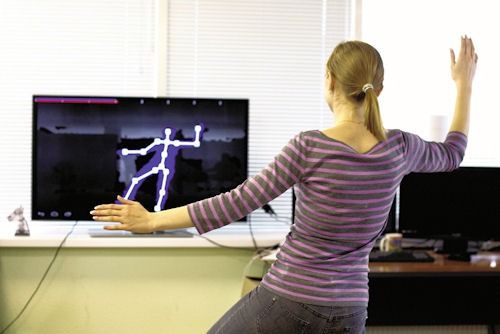Gesture Recognition - A New Technology To Control Your Devices
May 12, 2019 • 20 views
We might be very well aware of gesture navigation that our smartphone uses instead of the traditional navigation buttons but only a few hold any knowledge about the term ‘gesture recognition’. One of our favourite Avengers, “Iron Man” also uses this technology in the movies to control computer and other devices with just a wave of his hand.

What is Gesture Recognition?
Well to start off, gesture recognition uses language technology and computer science that interprets human gestures using mathematical algorithms. In other words, gesture recognition uses a computer’s ability that understands gestures and turns them into commands to be executed. Most of the consumers have experienced this concept through PlayStation, Xbox and Wii Fit games including the widely popular “Just Dance”.

Bodily motions or state ignite gestures and most commonly these originate from hand or face. Using gesture recognition, users can control or interact with computing devices without touching them physically. The technology is not that new but is surely advanced from what it had been as earlier cameras were used to capture and interpret gestures. Nowadays, cameras along with computer vision algorithms decode sign language into commands to execute tasks.

Features of Gesture Recognition
Gesture Recognition will provide more accuracy to the commands that have to be executed. Not only that, it will offer higher stability and will prove to be time saving to unlock a device. The gesture recognition technology can be applied in the following areas currently:
Gaming
Unlocking smartphones
Automotives
Consumer electronics
Transit
Defence
Automated sign language translation
Home automation

Gesture Recognition will not only help the consumers in making their tasks easier for them to handle but it will, in turn, help the computer vision field in understanding general human movements and their body language using cameras connected to a computer.
Types of Gestures

Computer interfaces recognise two types of gestures - offline and online. While the former takes gesture procession after the interaction with the device has been finished, the latter is more often considered which uses direct manipulations done in real time.
Offline gesture - Gestures processed after user’s interaction with the device or object. For example, activating a menu using gestures.
Online gesture - Uses gestures in real time with direct manipulation. For example, scaling or rotating a tangible object using gestures.
